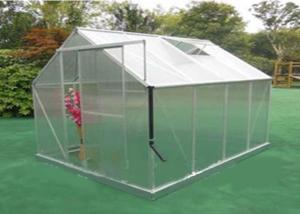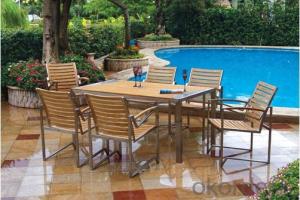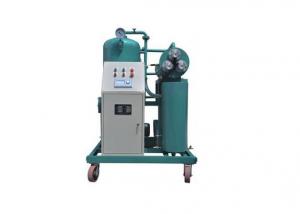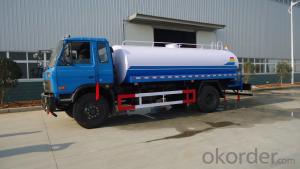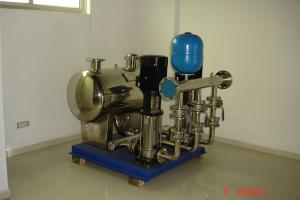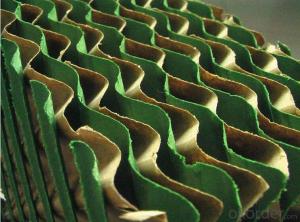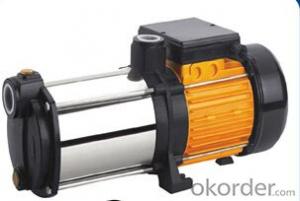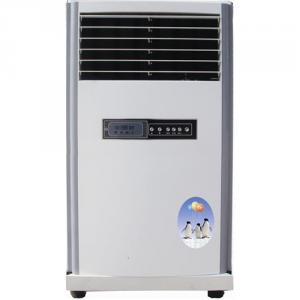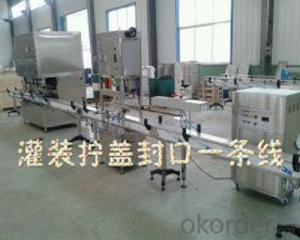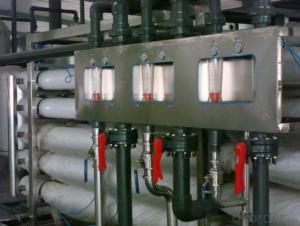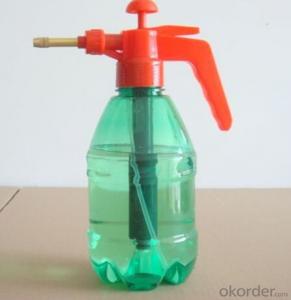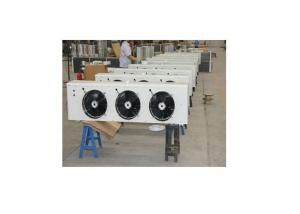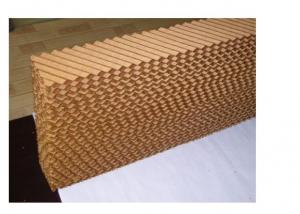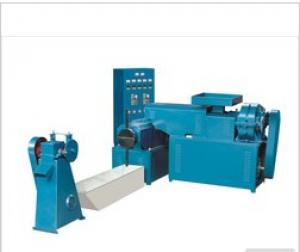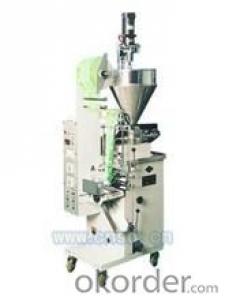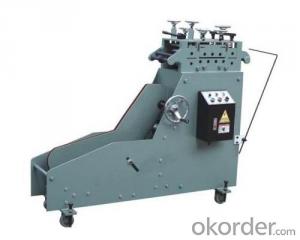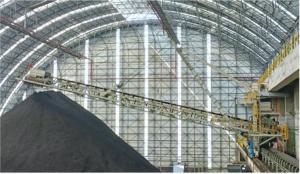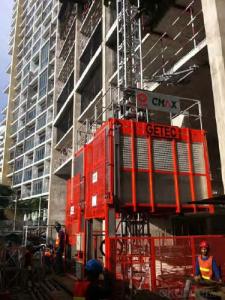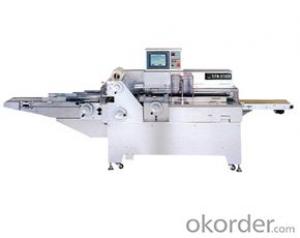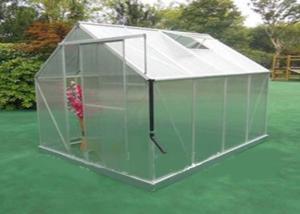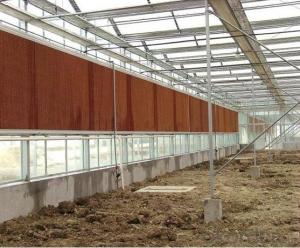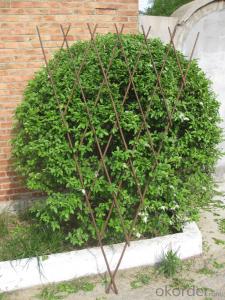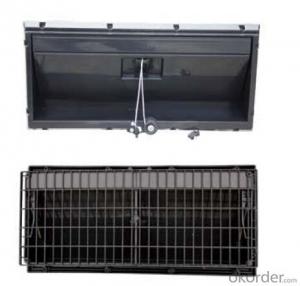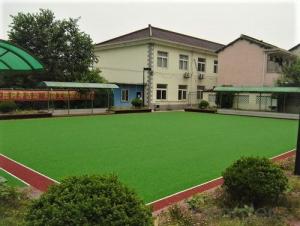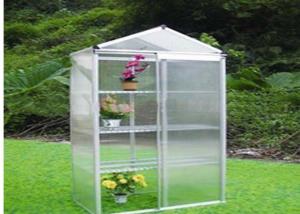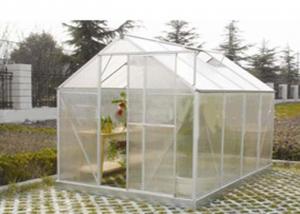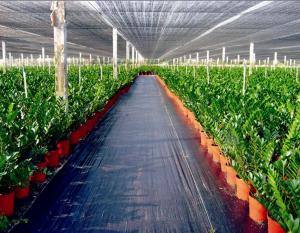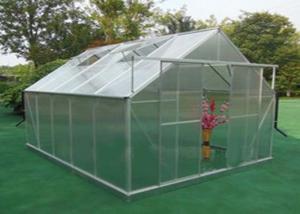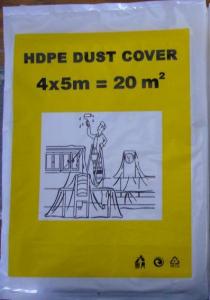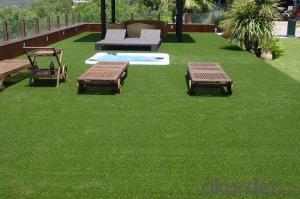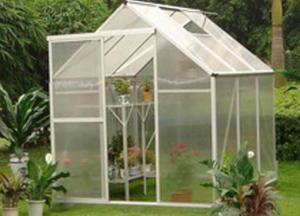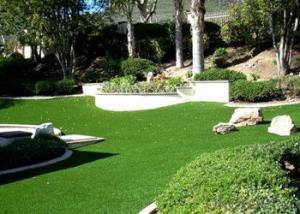Pasture Aeration Equipment
Pasture Aeration Equipment Related Searches
Grass Aeration Herbicide Spray Equipment Aeration Of Lawn Aerator For Riding Lawn Mower Filament Winding Equipment Rolling Lawn Aerator Riding Lawn Aerator Fall Lawn Aeration Power Transmission Equipment Lawn Rolling And Aerating Agricultural Machinery Adhesive Air Bubble Packaging Machine Aerator Yard Lawn Aerator Perth Shuttering Equipment Air Pump Attachments Camping Air Pump Contraction Equipment Able Rehabilitation Equipment Air Pump Camping Air Conditioning Installation Occupational Therapy Equipment Auto Lifting Equipment Glass Grinding Equipment Agriculture Fertilizers Heat Air Condition Aerate Garden Soil Air Filling Pump Non Electrical Equipment Air Duct PartsPasture Aeration Equipment Supplier & Manufacturer from China
Pasture Aeration Equipment, which includes tools such as soil aerators and decompaction machines, are essential for maintaining the health and productivity of pastures. These machines are designed to penetrate the soil, allowing air, water, and nutrients to reach the root systems of grasses more effectively, thus promoting healthy growth and reducing soil compaction. The application of Pasture Aeration Equipment is crucial in various scenarios, such as after heavy grazing, during periods of drought, or following the use of heavy machinery, to ensure that the soil remains in optimal condition for plant growth. As a result, it is widely used in agricultural settings to enhance the overall quality and yield of pastures.Okorder.com is a reputable wholesale supplier that offers a comprehensive range of Pasture Aeration Equipment to cater to the needs of farmers and agricultural businesses. With a large inventory that includes various models and sizes of aeration equipment, Okorder.com ensures that customers can find the right machine for their specific requirements. Their commitment to quality and customer satisfaction makes them a reliable source for purchasing Pasture Aeration Equipment, providing farmers with the tools they need to maintain thriving and productive pastures.
Hot Products
